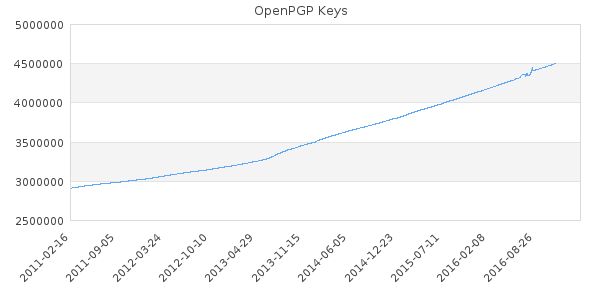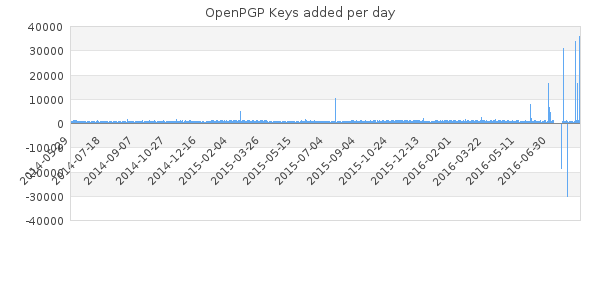In an article in QARTS Bill Gates, co-founder of Microsoft, propose that "The robot that takes your job should pay taxes". The issue also got a practical discussion outside of newspapers as the European Parliament rejected a similar proposal on February 16th, 2017
The debate is, however, an interesting one and in many ways an extension of a former blog post of mine; Employment in a technological era (November 14, 2015)
Although I don't personally agree with a lot of what is being presented, it is interesting to see if the various perspectives have merit, and as part of that I'd like to summarize some of my own thoughts on the matter after having spent a bit of time reading up on the various positions.
Starting of with the IFR position quoted in the reuters article on European Parliament rejecting such a tax proposal;
The IFR and others argue that automation and the use of robots create new jobs by increasing productivity, and point to a correlation between robot density and employment in advanced industrial nations, for example in the German car industry.
Seems as close to my own position as most others point out. Introducing a "robot tax" has multiple difficulties, starting with defining what is a robot for the purpose of the tax. Increased productivity by ways of automation can happen in a lot of ways, and one of the most used today is likely, for better and for worse, spreadsheets in desk-based workplaces. At what stage does increased productivity turn into a taxable offense for the company? Incidentally this proposal is in many ways similar to the Investment Tax that is thankfully removed in Norway for the purpose of hindering technological growth, and also mimics the position of Queen Elizabeth mentioned in my previous post on the matter;
"Thou aimest high, Master Lee. Consider thou what the invention could do to my poor subjects. It would assuredly bring to them ruin by depriving them of employment, thus making them beggars"
And here comes a large part of the differences of opinion. While the need for higher intelligence and education has been rising the general population has not necessarily invested in increasing their skills to match it. This causes imbalances in wage distribution, and if a sufficiently high degree of the population becomes unnecessary as part of the workforce due to lack of skills, it can cause further riots and civil war.
The socialistic approach to the issue, instead of fixing the actual underlying issue of increasing the skills of the various individuals and ensuring incensing proper genetic development for a sustainable workforce. That is to say intelligence is a function that takes two arguments, genetic and behavioral. The Lynn-Flynn effect masqueraded the underlying decline of intelligence in society throughout the 20th centuary when not controlling for a change in population IQ distribution, whereby the 21st centuary has demonstrated actual decline to average IQ in advanced economies where, in particular, a greater absence of malnourishment over time has not contributed to increased intelligence.
The approach of restricting opportunities is highly undemocractic, as Alexis de Toqueville states in Democracy in America;
"Democracy extends the sphere of individual freedom, socialism restricts it. Democracy attaches all possible value to each man; socialism makes each man a mere agent, a mere number. Democracy and socialism have nothing in common but one word: equality. But notice the difference: while democracy seeks equality in liberty, socialism seeks equality in restraint and servitude."
Or paraphrased, socialists seek equality in outcome, whereby a democracy seeks equality in opportunities. Such slowdown of development, similar to the luddite movements between 1811 and 1816 or by introducing a universal income (rejected in Switzerland, trial basis ongoing in Finland) is nothing but socialism and hinders positive developments in society. The idea of a universal income would be highly supported by George Henry whom in 1879 completed "Progress and poverty: an inquery into cause of industrial depression and of increase of want with increase of wealth" in which he states
The present century has been marked by a prodigious increase in wealth-producing power. The utilization of steam- and electricity, the introduction of improved processes and labor-saving machinery, the greater subdivision and grander scale of production, the wonderful facilitation of exchanges, have multiplied enormously the effectiveness of labor [...] Now, however, we are coming into collision with facts which there can be no mistaking. From all parts of the civilized world come complaints of industrial depression; of labor condemned to involuntary idleness; of capital massed and wasting: of pecuniary distress among business men; of want and suffering and anxiety among the working classes.
There are however scenarios where a "robot tax" can make sense. If the development of AI results in sentient beings, that have rights and liabilities of their own, a taxation similar to human beings would be a natural extension of said rights. Without the rights, a lesson can be learned from Roman times, where it at least should be ensured that owner of enslaved persons (then slaves, but the principle is sound when extending to robots) is responsible for any damage as attributing some kind of legal personality to robots (or slaves) would relieve those who should control them of their responsibilities.



